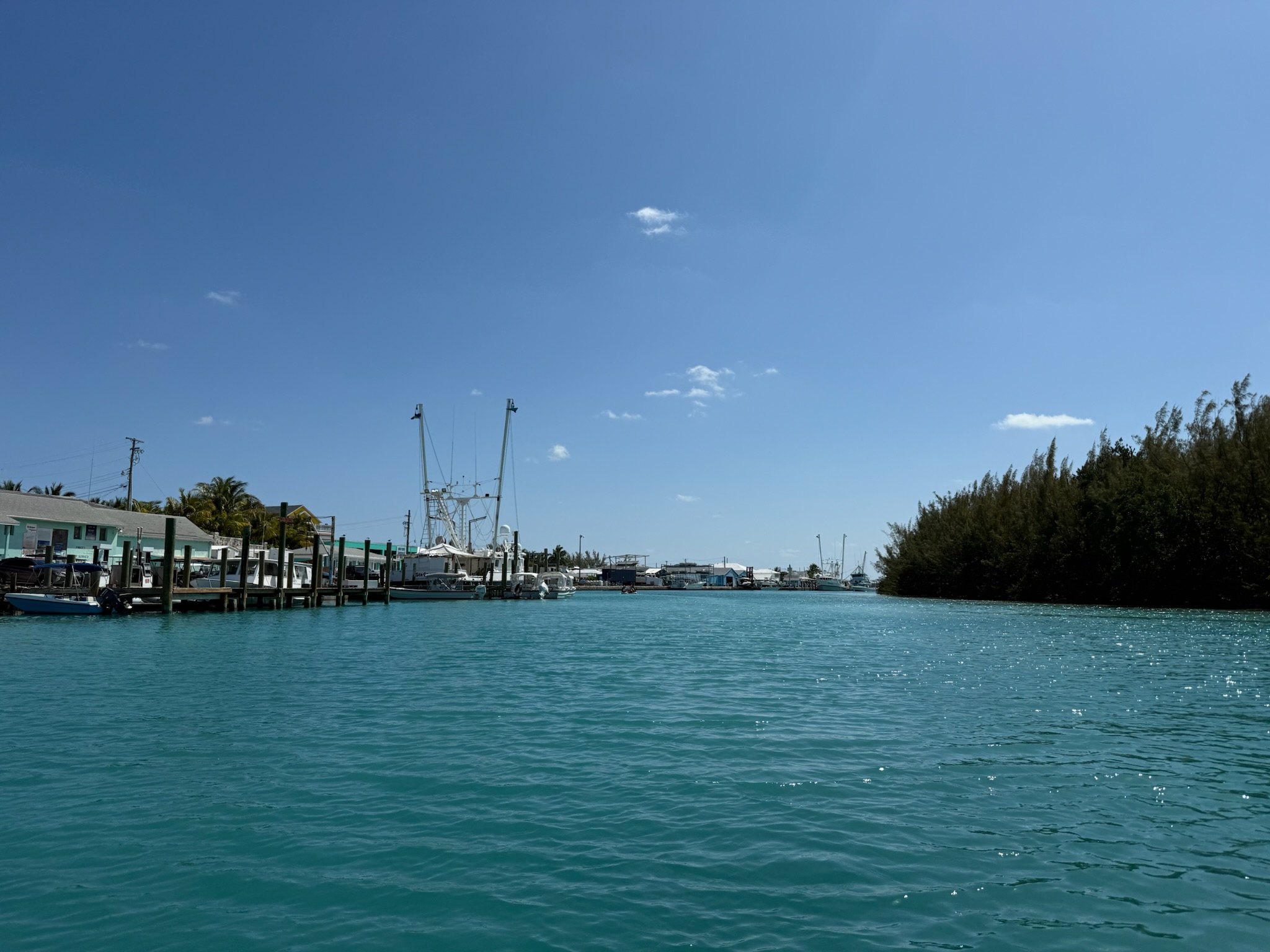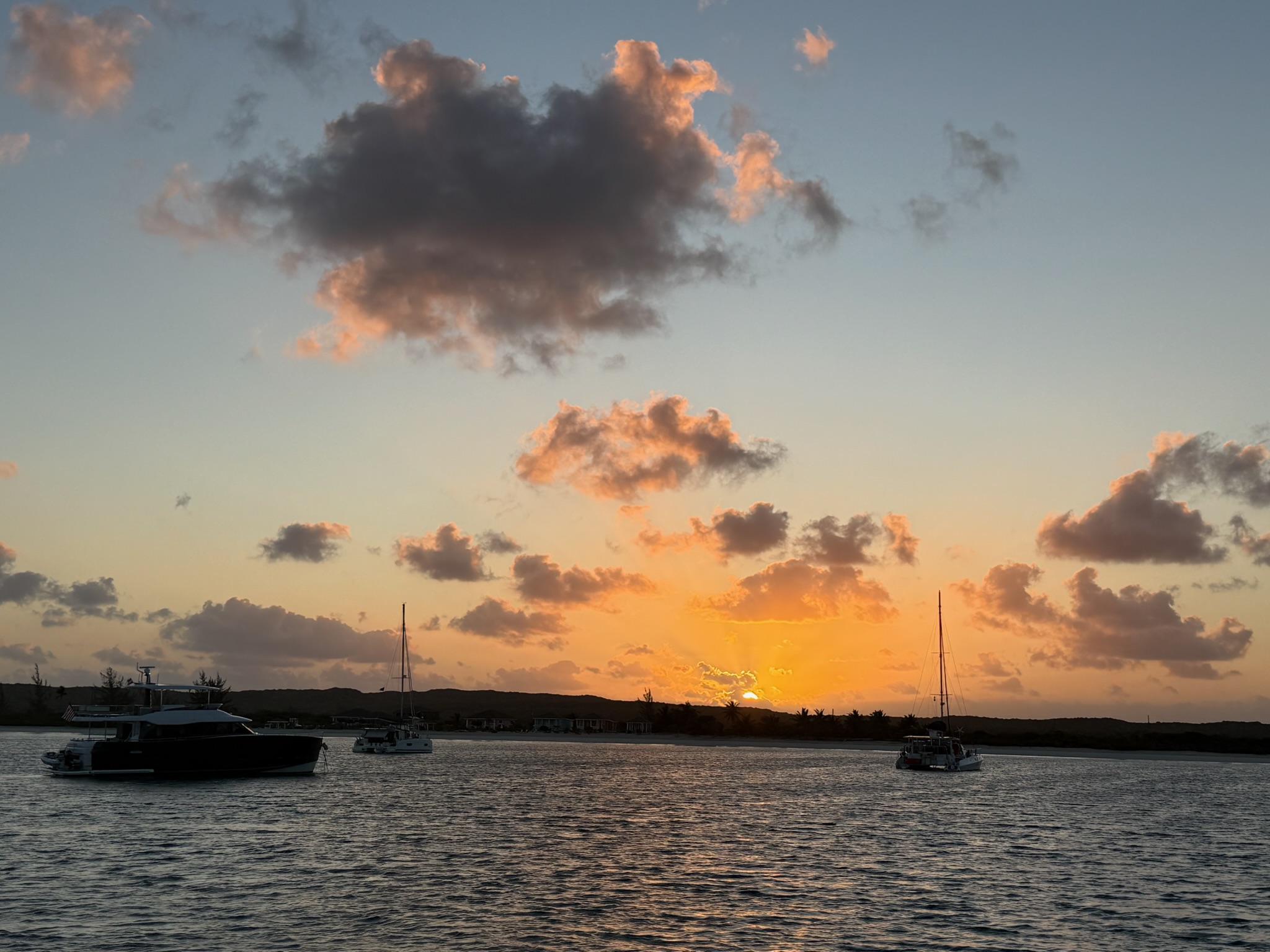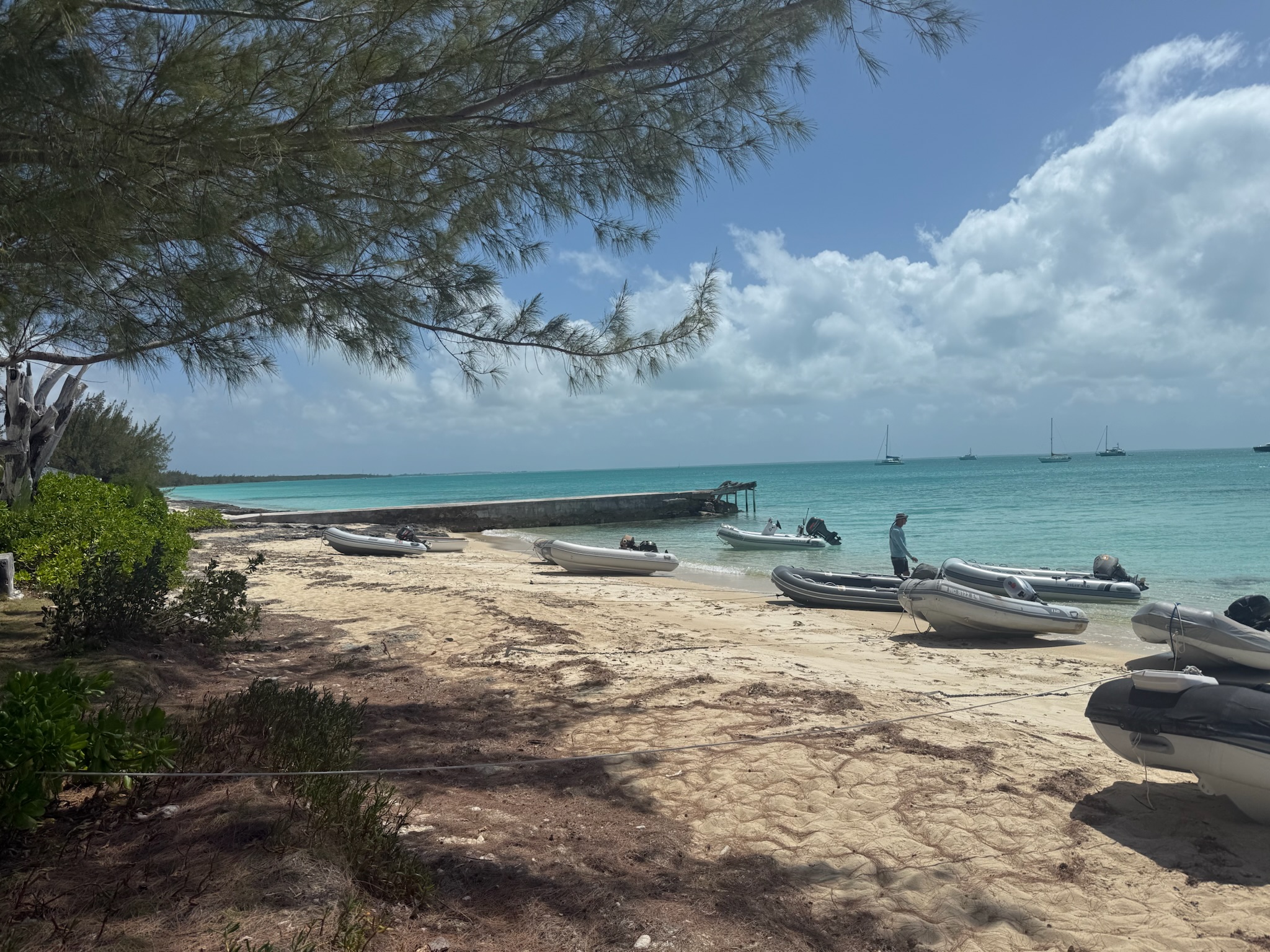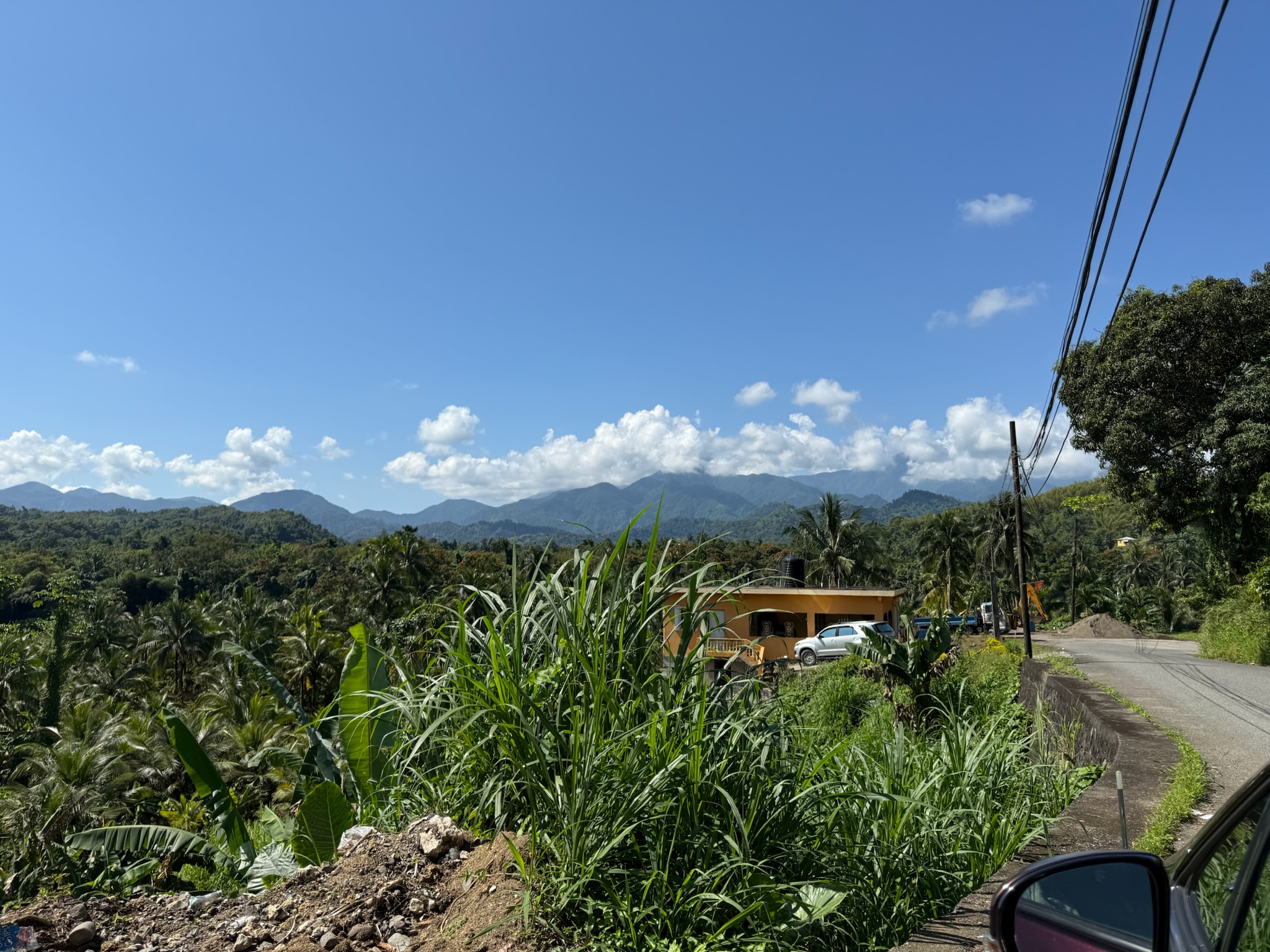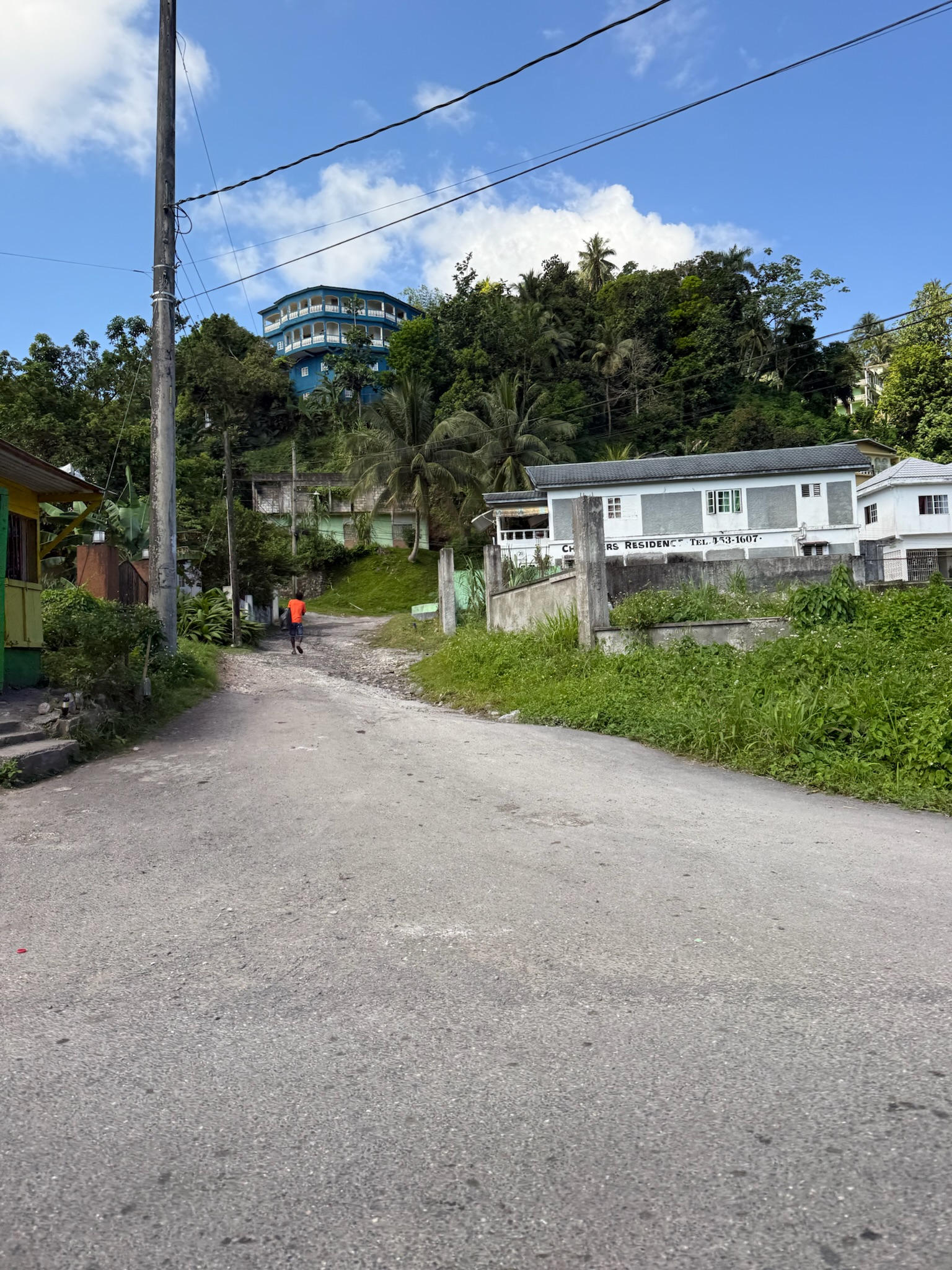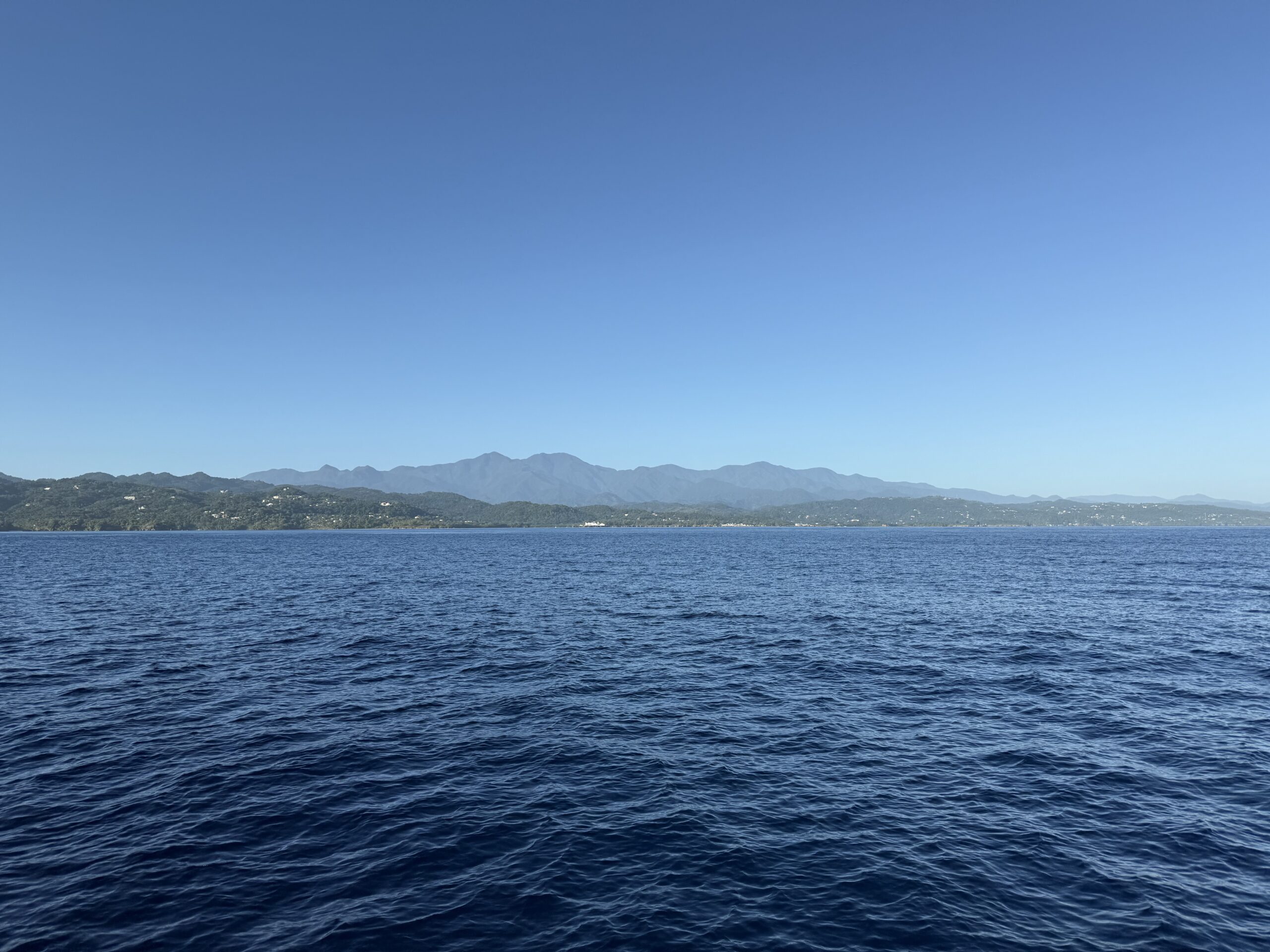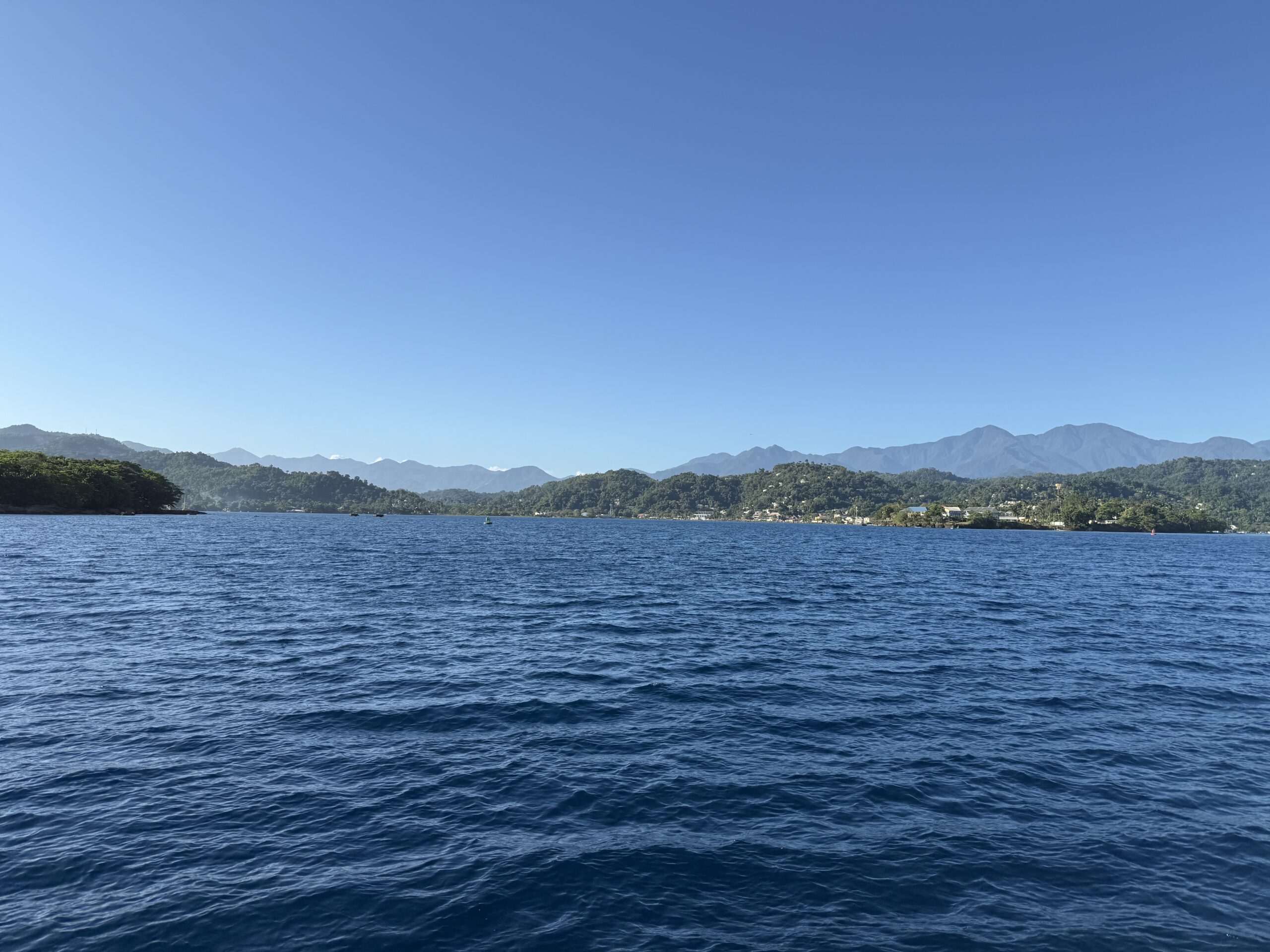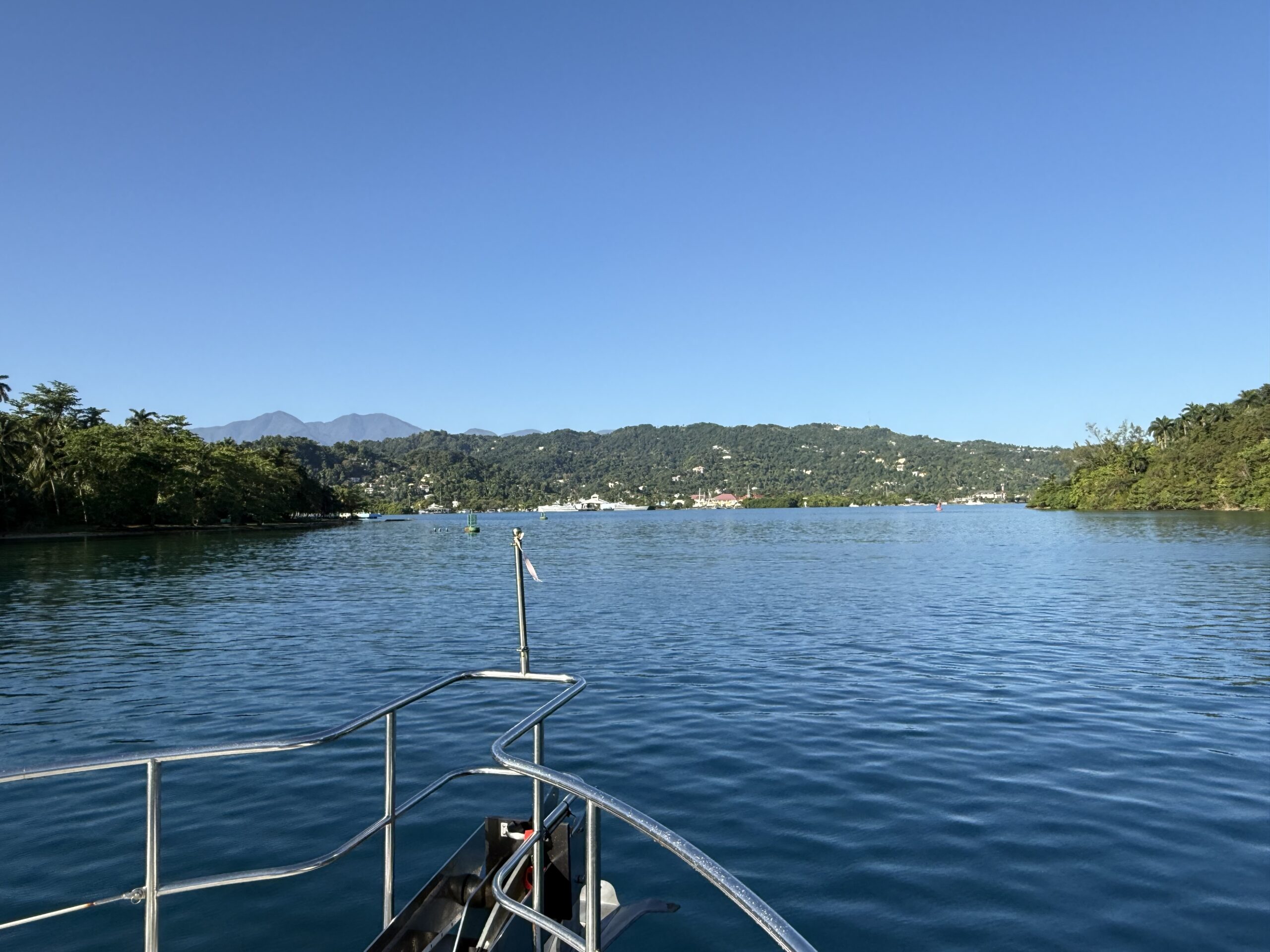The moon was again shining brightly as dawn broke on Thursday, April 17, 2025
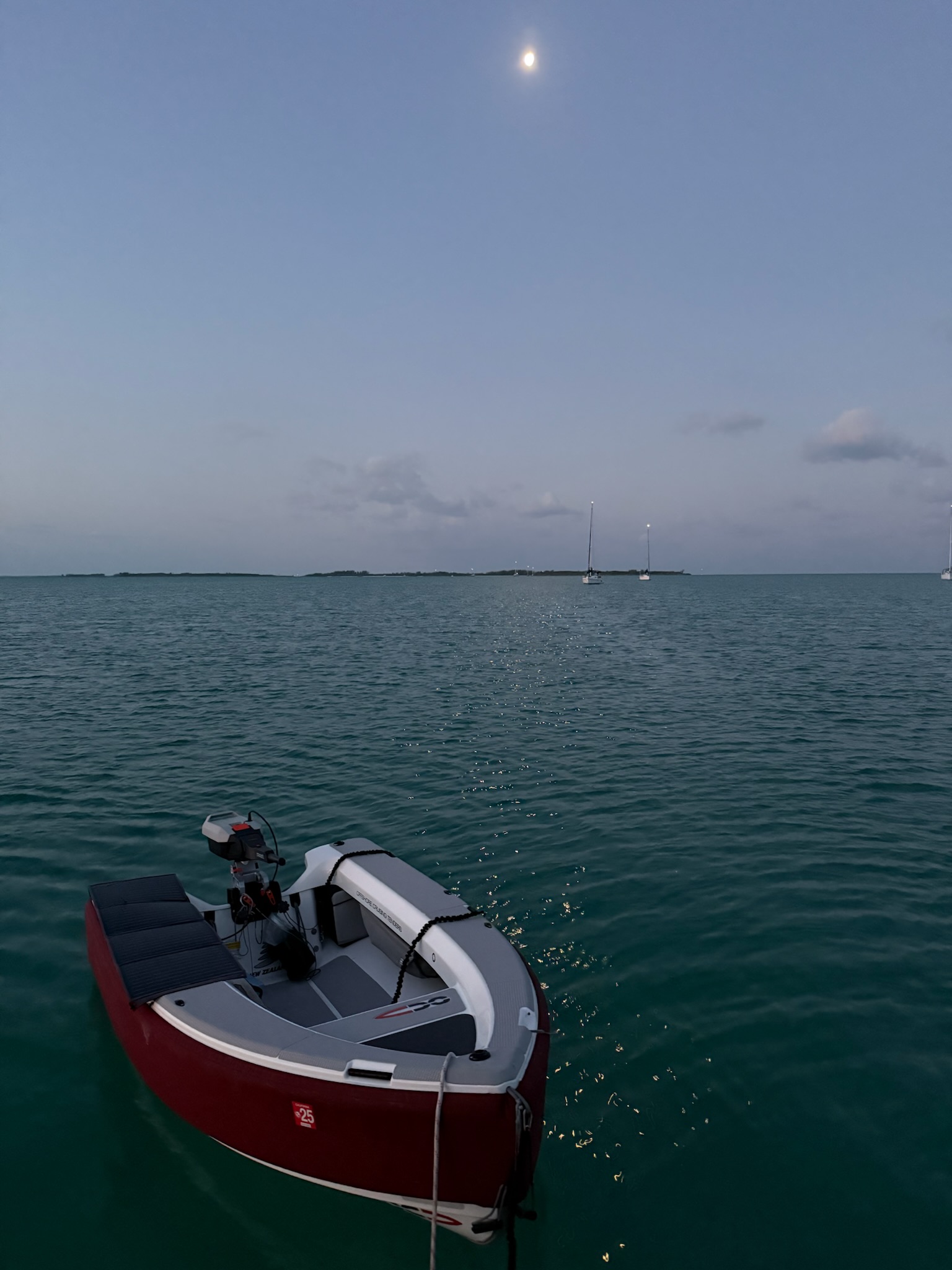
Sunrise
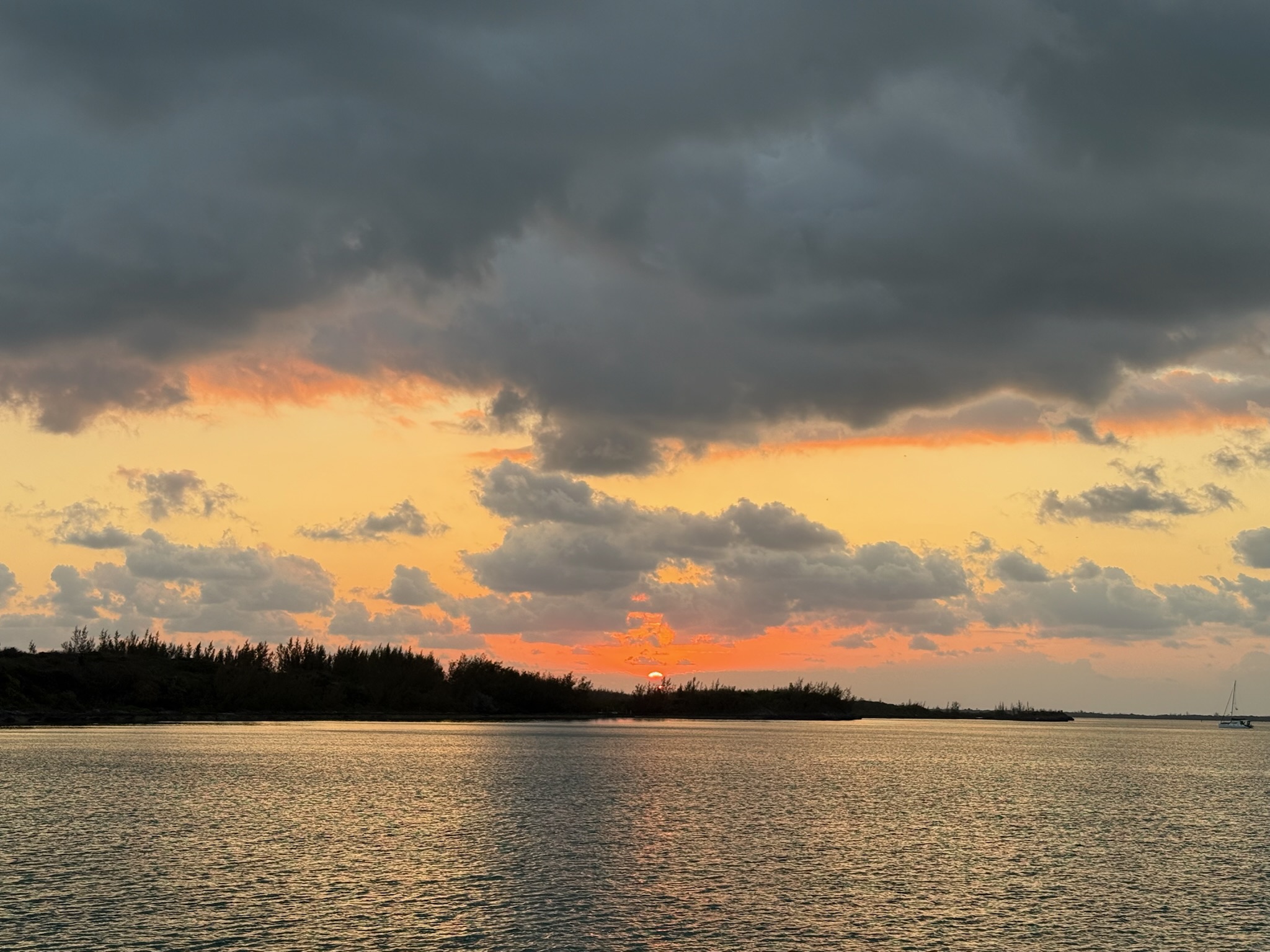
After doing a little research, we discovered that the island that we’d thought was called Spanish Wells was actually named St. George’s Cay. Originally “discovered” by Christopher Columbus, the trio of islands was given the name Spanish Wells because the Spanish sailing ships would stop there to resupply their water tanks on their way to Central/South America. While the Spaniards had claimed the Bahamian islands as their colony, they didn’t really utilize the land. However, the Spaniards enslaved the indigenous people and shipped them off to their other colonies, leaving the Bahamas uninhabited.
St. George’s Cay was only about 3.5 kilometers long and 800 meters wide, Russell Island was a little over 3 miles long, and together they had a population of about 1,600. As you may have noticed in yesterday’s photos, golf carts were more common than cars.
After we finished our morning school and chores, we dinghied back into town to rent a golf cart. This time, we went east in the channel. The east side was a lot more industrial/commercial than the west side. On the west side, it was mostly pleasure crafts; on the east side, there were more industrial fishing boats. We later found out that Spanish Wells was the fishing capital of the Bahamas, the largest supplier of lobster in the Caribbean, and the only location in warm water to have a certification for sustainable lobstering practices. The fishing industry was the primary source of revenue for this island.
